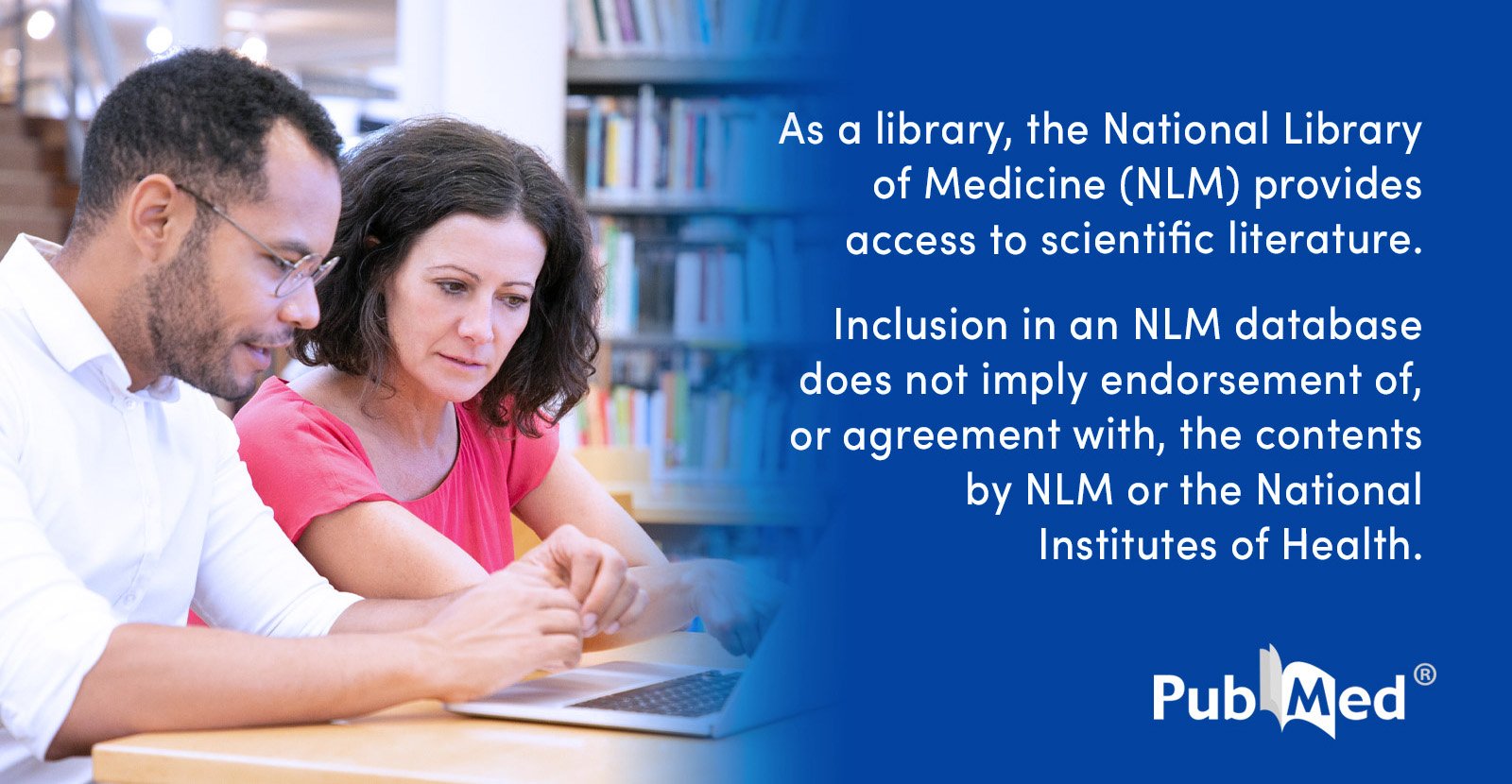Define the difference between experimenting and innovating. Regen technology is over 50 years old. Ever visit a burn unit or do a blood patch? There is nothing new under the sun. Just re-arranging cords on the sheet of music. Not everything covered by insurance works and not everything that works is covered by insurance.
Abstract. Platelet-rich plasma (PRP) is currently used in different medical fields. The interest in the application of PRP in dermatology has recently

www.karger.com
"Hematologists created the term PRP in the 1970s in order to describe the plasma with a platelet count above that of peripheral blood, which was initially used as a transfusion product to treat patients with thrombocytopenia [2]. Ten years later, PRP started to be used in maxillofacial surgery as PRF. Fibrin had the potential for adherence and homeostatic properties, and PRP with its anti-inflammatory characteristics stimulated cell proliferation."
Doctors should stop doing something only when there is convincing evidence to stop. Otherwise, carry the bias on helping patients not being nihilistic.
J Pain Res
. 2021 Feb 19;14:505-512. doi: 10.2147/JPR.S292335. eCollection 2021.
The Effect of Intradiscal Platelet-Rich Plasma Injection for Management of Discogenic Lower Back Pain: A Meta-Analysis
Min Cheol Chang 1, Donghwi Park 2
Affiliations expand
PMID: 33642874 PMCID: PMC7903948 DOI: 10.2147/JPR.S292335
Free PMC article
Abstract
Objective: Although several types of research of animal and human subjects have yielded promising results regarding intradiscal injection of platelet-rich plasma (PRP) for the management of intervertebral disc (IVD) pathologies, small sample sizes and unstandardized graft preparation procedures hampered these research efforts. Therefore, we conducted a meta-analysis to evaluate the effectiveness of intradiscal PRP injection for the treatment of discogenic lower back pain.
Methods: The PubMed, SCOPUS, Embase, and Cochrane Library databases were systematically searched for relevant studies published from January 01, 1980 to December 14, 2020. The keywords used for the search were (platelet-rich plasma) AND (intradiscal OR back pain OR lumbar spine OR discogenic). Filters were used to select studies with human participants; all study designs were included.
Results: After the systematic review, three articles, including one randomized control trial and two prospective observational studies, were included in the final analysis. Analysis of changes in visual analogue scale (VAS) scores showed that VAS scores were significantly reduced two and six months after intradiscal PRP injection (two months: standardized mean difference [SMD] = -0.837, 95% CI = -1.158 to -0.516, P < 0.001; six months: SMD = -1.430, 95% CI = -2.209 to -0.652, P < 0.001), but not after one month (SMD = -0.661, 95% CI = -1.346 to 0.023, P = 0.058). Regarding changes in Owestry Disability Index (ODI), ODI scores were significantly reduced after six months (SMD = -0.964, 95% CI = -1.885 to -0.043, P = 0.040).
Conclusion: Intradiscal PRP injections are effective in relieving pain and improving disabilities caused by discogenic lower back pain. However, the pain-reducing effect significantly manifests two or six months after the injections, but not after one month.
Keywords: degenerative disc disease; discogenic lower back pain; intervertebral disc; platelet-rich plasma; review.



